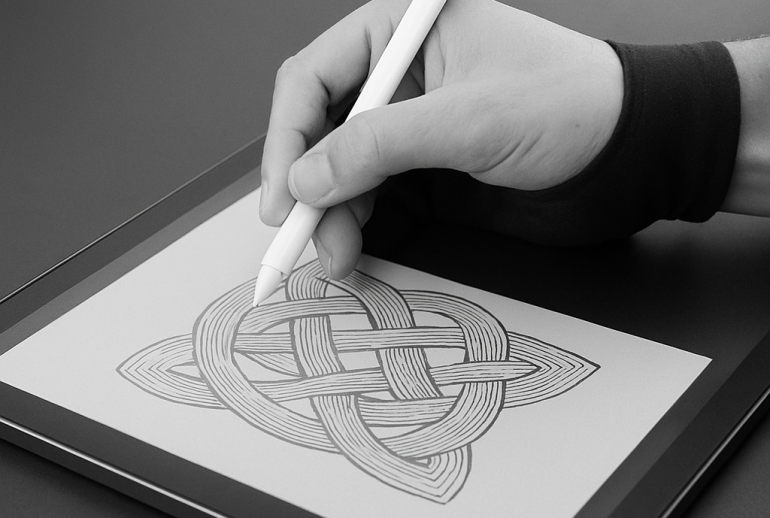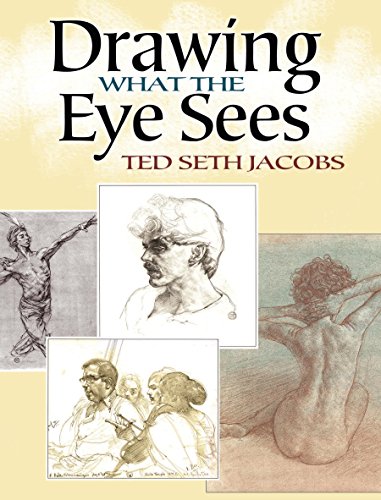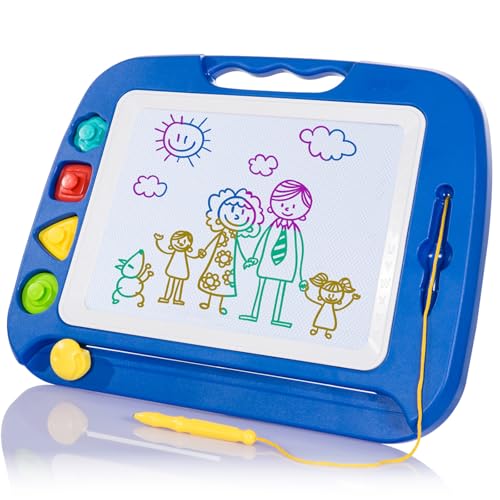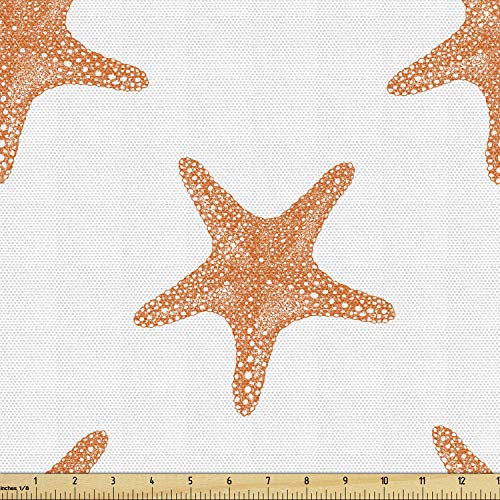The best tool for creating smooth lines in sketches is a digital drawing tablet. Digital drawing tablets provide precision and control, making it easier to create smooth, flowing lines.
Sketching with smooth lines is crucial for artists. It adds a professional touch to drawings and enhances the overall quality. Whether you’re a beginner or an experienced artist, finding the right tool can make a significant difference. While traditional tools like pencils and pens are common, digital tools have gained popularity due to their advanced features.
They offer various brush options, pressure sensitivity, and customizable settings. This blog post will explore why digital drawing tablets are the top choice for creating smooth lines. Discover how these tools can help you elevate your sketching skills and produce stunning artwork.
Introduction To Smooth Line Sketching
Sketching with smooth lines can elevate your artwork. It creates a polished look. This article explores the best tools for smooth line sketches. Understanding these tools can enhance your drawing skills.
Importance Of Smooth Lines
Smooth lines in sketches offer many benefits. They make drawings look clean and professional. Smooth lines can also add depth and dimension. This helps in creating realistic artwork. Artists often strive for smooth lines to improve the quality of their sketches.
Common Challenges
Achieving smooth lines can be difficult. One common issue is shaky hands. This can result in uneven lines. Another challenge is using the wrong tools. Not all pens or pencils are ideal for smooth lines. Some tools may create rough or jagged edges. Practice and patience are also crucial. Without them, achieving smooth lines can be frustrating.
Criteria For Choosing The Best Tool
Choosing the best tool for creating smooth lines in sketches can be challenging. There are many factors to consider, and each tool has its own strengths and weaknesses. To help you make an informed decision, we have outlined some key criteria to look for. These criteria include precision, ease of use, compatibility, and cost.
Precision
Precision is crucial for creating smooth lines in sketches. A tool with high precision allows you to create clean, accurate lines. This is important for detailed work and professional projects. Look for tools that offer fine control and minimal lag. This ensures your sketches look as intended.
Ease Of Use
Ease of use is another important factor. A user-friendly tool makes the sketching process enjoyable. It should have an intuitive interface that is easy to navigate. Look for tools with customizable settings. This allows you to tailor the tool to your specific needs. The easier the tool is to use, the more productive you will be.
Compatibility
Compatibility is essential for seamless workflow. The tool should work well with your existing devices and software. Check if the tool supports your preferred operating system. Also, look for tools that integrate with popular design software. Compatibility ensures that you can easily incorporate the tool into your workflow.
Cost
Cost is always a consideration. The best tool does not have to be the most expensive. Look for tools that offer good value for money. Consider both the initial cost and any ongoing expenses. Some tools offer a one-time purchase, while others require a subscription. Choose a tool that fits within your budget but still meets your needs.
Tool 1: Adobe Illustrator
Adobe Illustrator is a powerful tool for creating smooth lines in sketches. It is widely used by artists, designers, and illustrators. This software offers many features that help in creating detailed and professional-quality sketches.
Features
- Pen Tool: Allows precise control over lines and curves.
- Brush Tool: Offers a variety of brush styles for different effects.
- Shape Builder Tool: Makes it easy to combine shapes and create complex designs.
- Live Trace: Converts hand-drawn sketches into vector art.
- Layer Support: Organizes elements in a sketch for easy editing.
Pros And Cons
| Pros | Cons |
|---|---|
|
|
Best Use Cases
- Logo Design: Create scalable and professional logos.
- Illustrations: Perfect for detailed and intricate illustrations.
- Typography: Design custom fonts and text effects.
- Digital Art: Ideal for creating digital paintings and drawings.
- Web Graphics: Design clean and crisp graphics for websites.
Tool 2: Procreate
When searching for a versatile sketching tool, Procreate stands out. This app is popular among artists for its wide array of features. It is designed for the iPad and offers an intuitive interface. Let’s explore why Procreate is a top choice for creating smooth lines in sketches.
Features
Procreate offers numerous features tailored for artists. It includes a vast brush library, customizable tools, and pressure sensitivity support. Users can adjust brush settings to achieve the desired line quality. The app also supports layers, which help in organizing complex sketches. Another notable feature is the QuickShape tool. It allows artists to create perfect shapes with ease.
Pros And Cons
Pros:
- User-friendly interface
- Extensive brush library
- Customizable tools
- Supports pressure sensitivity
- Affordable one-time purchase
Cons:
- Exclusive to iPad
- Steep learning curve for beginners
- Limited text editing tools
Best Use Cases
Procreate is perfect for digital illustrations. It excels in creating detailed sketches and smooth lines. Artists working on comic book art find it especially useful. Its layer support is ideal for complex projects. Procreate is also great for creating marketing materials. Art students and hobbyists benefit from its wide array of features.
Tool 3: Clip Studio Paint
Clip Studio Paint is a popular software among artists. It is known for its powerful drawing and painting features. Many professionals use it for creating smooth lines in their sketches. Let’s dive into its features, pros and cons, and best use cases.
Features
- Vector Layers: Enables precise control over lines.
- Stabilization: Helps in making smoother strokes.
- Custom Brushes: Offers a variety of brushes and tools for different styles.
- Pressure Sensitivity: Compatible with most drawing tablets.
- Layer Effects: Allows for complex layer management and effects.
Pros And Cons
| Pros | Cons |
|---|---|
| Highly customizable brushes. | Requires a learning curve. |
| Excellent vector tools. | Can be resource-intensive. |
| Great stabilization feature. | Subscription model for updates. |
Best Use Cases
- Comic Artists: Ideal for creating detailed comic art.
- Animators: Useful for frame-by-frame animations.
- Illustrators: Excellent for detailed illustrations and smooth lines.
- Designers: Suitable for creating concept art and design sketches.
Tool 4: Corel Painter
Corel Painter stands out as an excellent tool for creating smooth lines in sketches. It offers a wide range of features that cater to both beginners and professionals. This powerful software mimics the traditional art experience while providing the flexibility of digital tools.
Features
Corel Painter includes a vast selection of brushes. These brushes simulate real-world tools like pencils, inks, and oils. The software also supports custom brushes. Users can create their own unique tools to suit their needs.
Another key feature is its advanced blending capabilities. Artists can achieve smooth transitions and gradients with ease. The software also supports multi-touch and pen pressure sensitivity. This makes it ideal for use with drawing tablets.
Pros And Cons
Corel Painter has several advantages. It offers realistic brush strokes. The software is also highly customizable. Users can tailor their workspace and tools to their liking. Additionally, it supports a wide range of file formats.
There are some drawbacks. Corel Painter can be resource-intensive. It may slow down on older computers. The software also has a steep learning curve. Beginners might find it challenging at first.
Best Use Cases
Corel Painter is ideal for professional artists. It is also suitable for art students. Those who enjoy traditional art will appreciate its realistic tools. The software is perfect for detailed illustrations. It is also great for creating digital paintings.
Overall, Corel Painter is a robust choice for anyone looking to create smooth lines in their sketches. Its range of features and customization options make it a versatile tool.
Tool 5: Affinity Designer
Affinity Designer is a popular tool for creating smooth lines in sketches. It is known for its precision and flexibility. Many artists and designers prefer this tool for its advanced features. The software allows you to create detailed vector graphics. Its user-friendly interface makes it accessible to both beginners and professionals.
Features
Affinity Designer offers a range of features. These include vector and raster workspaces. This allows you to switch between different types of artwork. The tool also offers advanced brush dynamics. You can customize your brushes to suit your style. It supports a wide range of file formats. This makes it easy to import and export your work.
Pros And Cons
Affinity Designer has many pros. It offers a one-time purchase, which is cost-effective. The software is fast and responsive. It provides a smooth experience even with large files.
On the downside, it has a steep learning curve. Beginners might find it challenging at first. Some users also find the lack of certain features limiting.
Best Use Cases
Affinity Designer is best for creating vector illustrations. It is perfect for graphic designers. Artists who focus on digital painting will also find it useful. It is great for detailed, high-quality sketches. The tool excels in creating logos, icons, and other design elements.

Frequently Asked Questions
What Tool Is Best For Smooth Sketch Lines?
The best tool for creating smooth lines in sketches is a digital pen tablet. It offers precision, control, and customizable pressure sensitivity, ensuring smooth and consistent lines.
How Do Digital Pen Tablets Help?
Digital pen tablets help create smooth lines by offering pressure sensitivity and precision. They allow for natural hand movements, resulting in fluid and accurate sketch lines.
Are There Affordable Options For Beginners?
Yes, there are affordable pen tablets for beginners. Brands like Wacom and Huion offer budget-friendly models with essential features for creating smooth lines in sketches.
Can Software Enhance Smooth Line Creation?
Yes, software like Adobe Illustrator and CorelDRAW can enhance smooth line creation. These programs offer tools and settings specifically designed for creating smooth and precise lines.
Conclusion
Choosing the best tool for smooth lines in sketches depends on your needs. Digital artists may prefer graphics tablets with fine-tuned styluses. Traditional artists often use fine-tipped pens or mechanical pencils. Experiment with both digital and traditional tools. Find what fits your style and comfort best.
Smooth lines come with practice, regardless of the tool. Try different methods. Improve your skills over time. Happy sketching!














